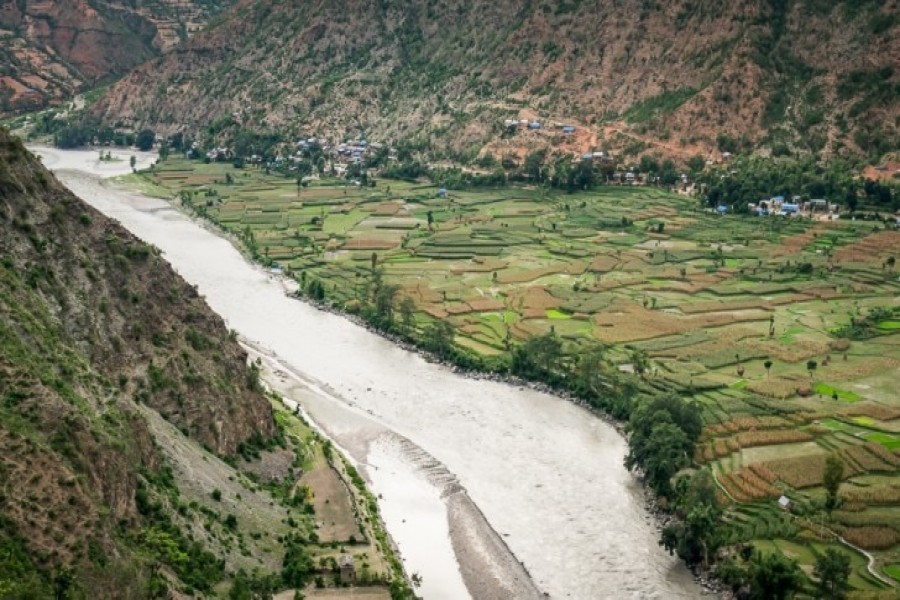If accessibility is within everyone's reach, why should we stop halfway? The ability of a person is determined by her or his environment. According to the World Health Organization (WHO), 15 per cent of the population has some type of disability. If we also consider women, children and the elderly, up to 40 per cent of people would require accessible environments. Accessible design environments enable, whereas poorly designed environments disable. The ability to move independently, comfortably and without interruptions is a basic right, and we must consider all architectural design and adaptability measures which may grant full accessibility.
Austria has achieved an inclusive urban environment by following the basic principles of universal design (equitable, flexible, simple and intuitive use, perceptible information, tolerance for error, low physical effort and adequate size and space for approach and use) both in the design of its infrastructure, and in the interoperability of the network and the digitisation of services through applications. Austria is a perfect example of a country which is historically committed to improving universal accessibility in its urban and rural environments, considering the needs of all possible groups, such as people with disabilities, women or non-motorised transport users.
The universal accessibility measures included in the Austrian model can be easily adopted in other contexts and countries, regardless of their capacity or level of development, without involving a cost that the country cannot assume. Among these initiatives, we may highlight:
Accessible signage in urban contexts and in the transport network. Countries like Peru, Ecuador or Brazil have implemented accessible signage over the last years. Lima, for example, has a modern and inclusive signage system, recently implemented for line-1 of the Lima metro network and the Metropolitano (bus rapid transit or BRT). Another example is the São Paulo metro signage, redesigned since 1981. Currently, it follows the inclusion principles and is a guide for other transport systems in the country. There are many examples which show how governments in developing countries work to improve the inclusion of people through signage. However, based on the Austrian model, we can see how this design should be considered in the entire urban context, including streets, crosswalks, traffic lights, etc.
Mobility applications. The development of mobile applications for urban transport is useful for all, including people with disabilities, the elderly or pregnant women. Applications such as Apertum in Madrid or WienMobil in Vienna facilitate the use of public transport by suggesting alternatives which are adapted for people with disabilities, as well as the option of requesting a personalised service. Recommending the use of other free applications which provide support to passengers with disabilities can be an interesting solution until each city can develop its own application.
"If I want to travel, I can, and I know how." The World Bank supports governments to implement measures that improve inclusiveness of public spaces and transport services. Inclusive design, digitization and better assistance services are solutions that can be adapted to different local contexts and implemented together with inclusion public policies. With social awareness and the involvement of public and private entities, change is possible in all parts of the world. We only have to propose it.
The piece is excerpted from the World Bank Blogs
www.blogs.worldbank.org


